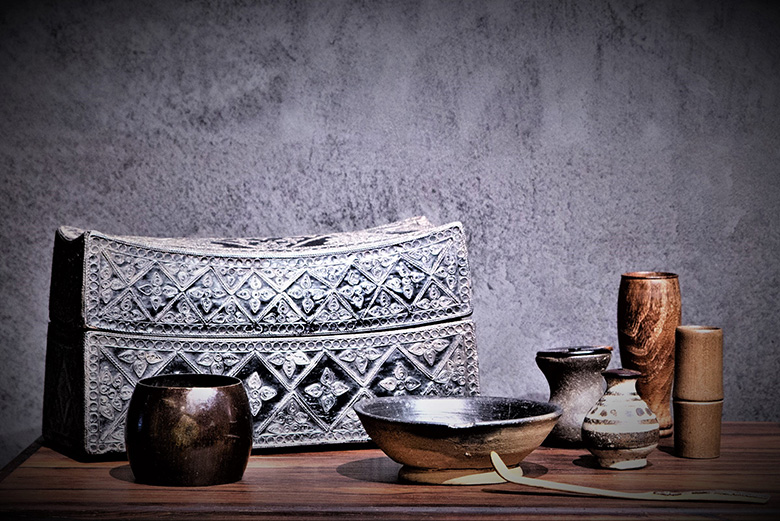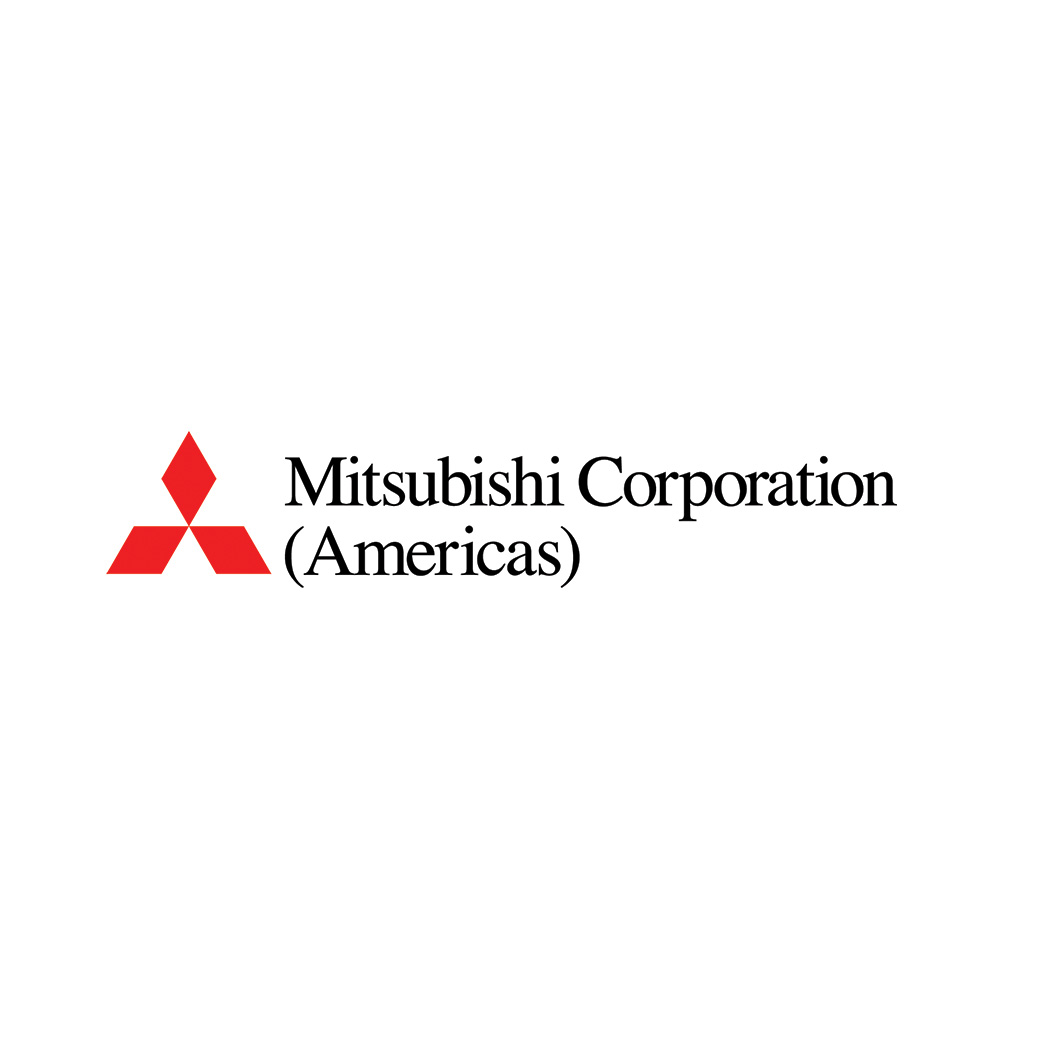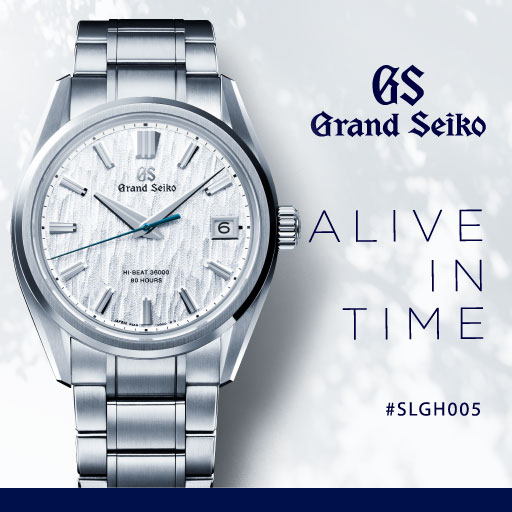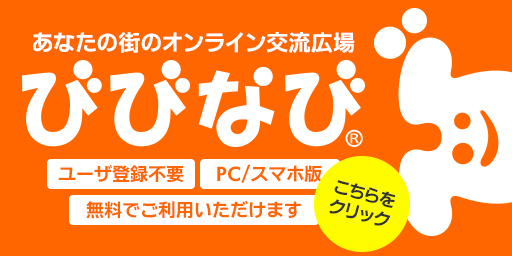“Antique CHABAKO – Boxes for Tea Utensils – Ebiya Style”
Virtual Opening Reception Special Exhibition

Organized by The Nippon Club
Supported by the J.C.C. Fund
(Philanthropic Fund of Japanese Chamber of Commerce and Industry in New York)
About 400 years ago, Sen no Rikyu carried a box with small tea utensils to enjoy a bowl of tea in the open air. It is said to have been the start of “Chabako.” If you have hot water, you can enjoy delicious green tea at any time and any place, which is the absolute pleasure of a “Chabako,” a box containing all essential tea utensils.
Sen no Rikyu, using his tremendous aesthetic sense, decided the form of tea utensils and brought them into chanoyu objects that were not initially made for it. This was called ‘mitate’. The word ‘mitate’ means ‘to see an item,’ not in the form that was initially intended for it, but as another thing.
This exhibition introduces a collection of antique “Chabako” assembled by Mr. Masahiro Miyake, the 9th generation of the antique art store “Ebiya” in Nihonbashi district in Tokyo. There is an exquisite “pillow for travel” set that holds the necessary vessel. It was used by Samurais to prepare tea and also to sleep on when traveling. All of the collections are wrapped in a shifuku, which is essential protection for utensils. Each shifuku is custom fit for each utensil. Tying a knot is an art form as well.
We are pleased to present a collection of 30 antique Chabakos, which took Mr. Miyake over 20 years to assemble, with the spirit of passing on rare and valuable antique art and tools to the next generation.
This exhibition is supervised by Mr. Masahiro Miyake, curated by Ms. Shoko Hayashi and photo by Mr. Masao Katagami.
“Antique CHABAKO – Boxes for Tea Utensils – Ebiya Style”
Virtual Opening Reception

Thursday, April 15, 2021, 7:00 pm – 8:00 pm (EDT)
Friday, April 16, 2021, 8am – 9am (JST)
Free of charge
(optionally donate to a bento project for healthcare workers)
※up to 500 people, First come, first served
Mr. Masahiro Miyake will talk about “Antique Chabako”. After that, there will be a presentation of the tea ceremony by Mr. Soju Nakazawa, an Omotesenke school teacher. The reception also features a traditional Japanese dance performance by Yuko Nishikawa, the eldest daughter of a Living National Treasure, Senzo Nishikawa. She is the 10th generation head of the Nishikawa-Ryu (Nishikawa-style) school of traditional Japanese dance. She will perform her original dance, “Oedo Nihonbashi,” accompanied by Nagauta shamisen (shamisen-accompanied traditional singing). It was created to commemorate the history of the Ebiya art store, which was moved from Kyoto to Edo at the time of the Meiji Restoration. Please enjoy the road from Nihonbashi to Kyoto with Ms. Nishikawa’s dance performance and Nagauta shamisen’s sound.
The opening reception will be held in Japanese, but The Nippon Club will be providing real-time subtitles in English through Wordly.
Guest
■ Masahiro Miyake 9th Generation Owner, Ebiya Antique Art Store
He was born in 1962 at home/shop in Muromachi, Nihonbashi, where he grew up. After graduating from college, he was trained to become an art dealer. A long-established Ebiya Antique Art Store first opened in Kyoto in 1673. At the time of its establishment, Ebiya was a supplier of maki-e (gold-lacquerware), shikki lacquerware, and another home/room furnishing to shrines and temples. By the late Edo period, the list of its clientele included the Imperial Palace. In 1871 when the Emperor moved to Tokyo, former Edo, from Kyoto as the Meiji Restoration result, Ebiya also relocated its shop to Tokyo’s Nihonbashi district. During the Taisho period, they expanded into the antique art business. After World War II, they have operated as an antique art/modern art store.
▶︎Ebiya Antique Art Store https://e-ebiya.com/
■ Soju Nakazawa Tea Ceremony Teacher of Omote-senke School
He was born in 1970 in Tokyo. Gcrowing up in a family of traditional arts performers, he became familiar with Cha-no-Yu (Tea Ceremony), traditional Japanese dance, and Kabuki theater play (His great uncle is the 3rd generation Kawarasaki Gonjuro, a Kabuki actor, and his great aunt is a conventional Japanese dancer and the head of Azuma-Ryu school of traditional Japanese dance). Utilizing his English skills, he has been hosting tea ceremonies and giving lectures abroad since 2000. In Japan, he conveys the fascination of traditional cultures through classes and school education programs.
■ Yuko Nishikawa
She began studying traditional Japanese dance at the age of 6 under her father, Senzo Nishikawa X, before moving onto study under Shigeka Hanayagi, a master dancer, when 22. She has performed, among others, in NHK (Japan Broadcasting Association) and National Theater-sponsored stage shows as well as for En-no-Kai. She has worked hard to promote traditional Japanese dance since 2014 through “Yuko-no-Shiori” and “Nihon Buyo-sai.” She currently heads Yuko-no-Kai (Yuko’s Club) and serves as a council member of Nihon Buyo Foundation, a Musubi-no-Kai board member, and a dance coach for Otsuma Nihon Buyo Club. She is also a part-time instructor at Kawamura Gakuen University. A recipient of the Agency for Cultural Affairs Art Excellence Award, she has choreographed “Izutsu” “Arabesuku (Arabesque),” ”Kaze-ya” and Dojo-Ji,” to name a few.
▶︎Nishikawa-Ryu https://nishikawaryu.jp/ja/
【Contact】gallery@nipponclub.org








